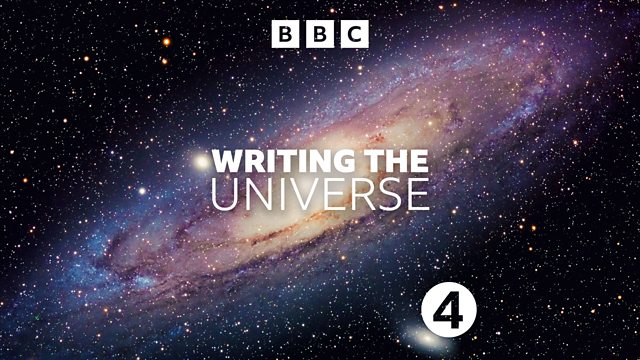The fabric of the universe
Robin Ince discovers how black holes have captured the imagination of film makers and authors and hears how Einstein first conceived of them over a century ago
When we think of the fabric of the universe we might imagine vast expanses of nothing, but one phenomenon that has captured the imagination of both scientists and fiction writers is the black hole. These giant gaps in the fabric of spacetime can span billions of miles, but we now know there is one at the centre of every galaxy.
Robin Ince talks to cosmologists about how they attempt to convey their almost unbelievable size, at the same time as staying true to the maths that explains them. He learns that Einstein first conceived of a black hole in 1915, but didn't believe anyone would ever prove their existence, even after the German physicist Karl Schwarzschild confirmed their existence.
For the physicist and writer Janna Levin black holes are almost magical and she has spent her career trying to convey their wonder to the general public, using language as a tool to draw us in. Thanks to the Nobel laureate, physicist Kip Thorne, we now have a better idea of what they may actually look like. He explains how equations form the basis of the black holes in the film Interstellar and reveals that the movie-making process also taught him more about how these vast tears in the fabric of spacetime actually work.
With contributions from Robin鈥檚 fellow Infinite Monkey Cage presenter Brian Cox; Janna Levin, author of 'The Black Hole Survival Guide'; astronomer Paul Murdin; physicist Kip Thorne; special effects adviser Paul Franklyn; physicist and philosopher Sean Carroll and theoretical physicist Fay Dowker.
Producer: Marijke Peters
Executive Producer: Alexandra Feachem
Soundscape designer: Jane Watkins
成人快手 Studios Audio Production
On radio
Broadcasts
- Mon 17 Jun 2024 11:00成人快手 Radio 4
- Sunday 17:10成人快手 Radio 4

